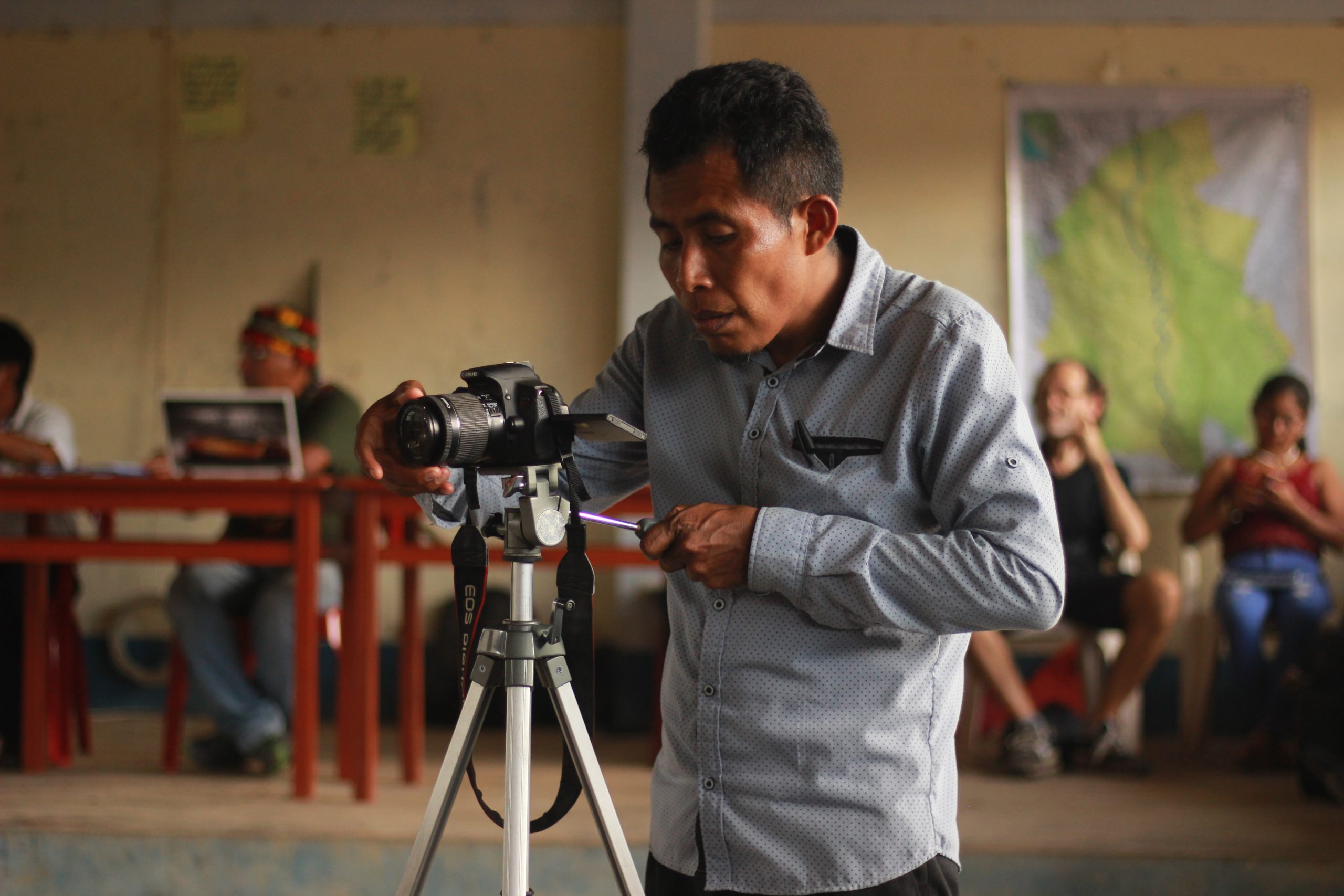The hegemonic narratives of the Global North often impose an aesthetic on the discourses, images, and videos emerging from Indigenous territories. In contrast to the dominance of Western knowledge, it is crucial to promote a language that is unique to Indigenous peoples—one that is more flexible and better suited to the realities they wish to convey. Indigenous communication must rethink the strategies planned within Western frameworks and, instead, create narratives that are genuinely transformative.
“Reclaiming the power to narrate one’s own story—and thereby construct one’s own image and identity, while recovering and embracing diverse knowledge—constitutes a fundamental aspect of the decolonization process.”
Maria Paula Meneses – Epistemologías del Sur
We need to find locations and characters for our series Growing up Wild. This was how an email sent to an international association of Indigenous peoples from a producer at an entertainment agency in a country in the Global North began. In his message, the producer was seeking “Indigenous youth under 20 years old responsible for protecting endangered animals in natural reserves.”
The email continued on with a couple more paragraphs about the benefits the association could gain from collaborating with the agency: that the stories (not those of the association, but those of the series) would be broadcast on major communication platforms such as NatGeo Wild, Love Nature, and even Netflix, with whom they had solid contacts.
Beyond the questionable nature of the title, which reflects Western and colonial imagining of Indigenous populations, categorizing them as “wild,” it was striking how naturally the producer proposed to carry out his audiovisual extractivism in exchange for so little. This is how coloniality works: it extracts knowledge, images, sounds, experiences, and stories; distorts, edits, and frames them to fit into a hegemonic narrative, sometimes “friendly,” that reinforce Western prejudices about “the other.” All of this in exchange for the possibility of reaching a mass audience, which is to say, for nothing.
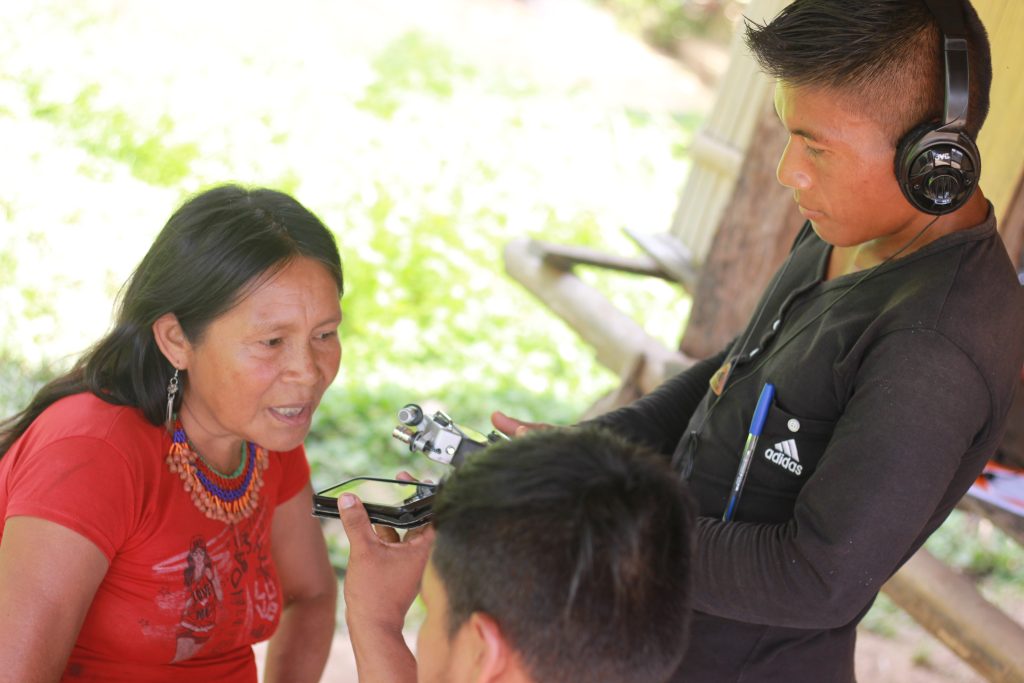
Hegemonic narratives
Coloniality sometimes presents itself with good intentions. It is true that there is a real interest and need for indigenous movements to access media spaces to gain visibility and influence in spheres of power. But how can visibility through hegemonic narratives truly aid in making an impact? Should we take advantage of the good intentions of the dominant media?
Let’s first examine how power dynamics in colonized communications appear outside of movements and how we replicate them within. Often, communicators from autonomous organizations and governments in the Peruvian Amazon collaborate with institutions in the Global North that are allied with indigenous peoples. From that region of the world, the logic sometimes resembles that used by the aforementioned television producer.
The audio and highest-quality image tend to be more important than the testimony, content, and shared and recorded knowledge.
Often, allied organizations have communication requirements aimed at securing funding, such as high-quality photos of the territory or videos of leaders providing testimonies on specific issues. Evidently, the products must meet certain aesthetic standards to be used on their channels. Given the inflexibility of these standards, a significant portion of the communication material produced in the territories ends up being discarded.
Coloniality makes this discarding seem natural, as it overlooks the difficulties, resources, and efforts invested by those in the territories to produce the content. It doesn’t matter if the communicator had to wait hours for the file transfer or if they had to pay a significant amount for fuel to travel for hours by boat to the location where the interview was to be conducted. What matters more is the highest quality audio and image, rather than the testimony, the content, and the knowledge shared and recorded.
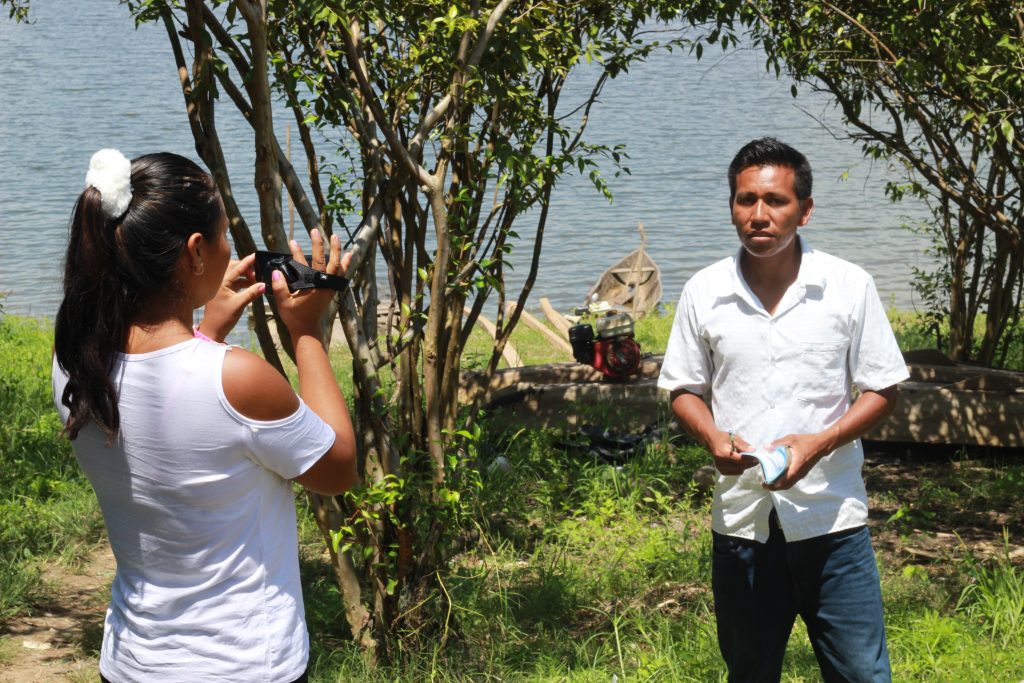
The normalization of Western aesthetics
The failure of organizations, both from the Global North and within the Indigenous movement itself, is that these Western aesthetic standards are neither questioned nor transformed into a more flexible and suitable language that reflects the reality Indigenous peoples seek to convey. Instead, they are normalized and replicated as oppressive norms, reinforcing the hegemony of Western knowledge, which is a fundamental aspect of coloniality.
This failure is also evident within the Indigenous movement itself. Videos, photos, and testimonies are often discarded simply because they do not meet the “quality standards” imposed by offices located on other continents. At best, testimonies are supplemented with support images that are more “harmonious” and aesthetically pleasing to the Western and colonized eye. Needless to say, these audiovisual resources are rarely, if ever, created by Indigenous people.
It is difficult to question the colonial standards of audiovisual aesthetics when we need to use that language to be heard, read, or seen. Since colonial times, our survival strategies against oppression have involved assimilating to these standards, adopting them as tools, and applying them among ourselves to the point of appropriating them. But where is the heroic creation that Mariátegui referred to? Or, as María Paula Meneses rightly asks, how can we reclaim the power to tell our own story?
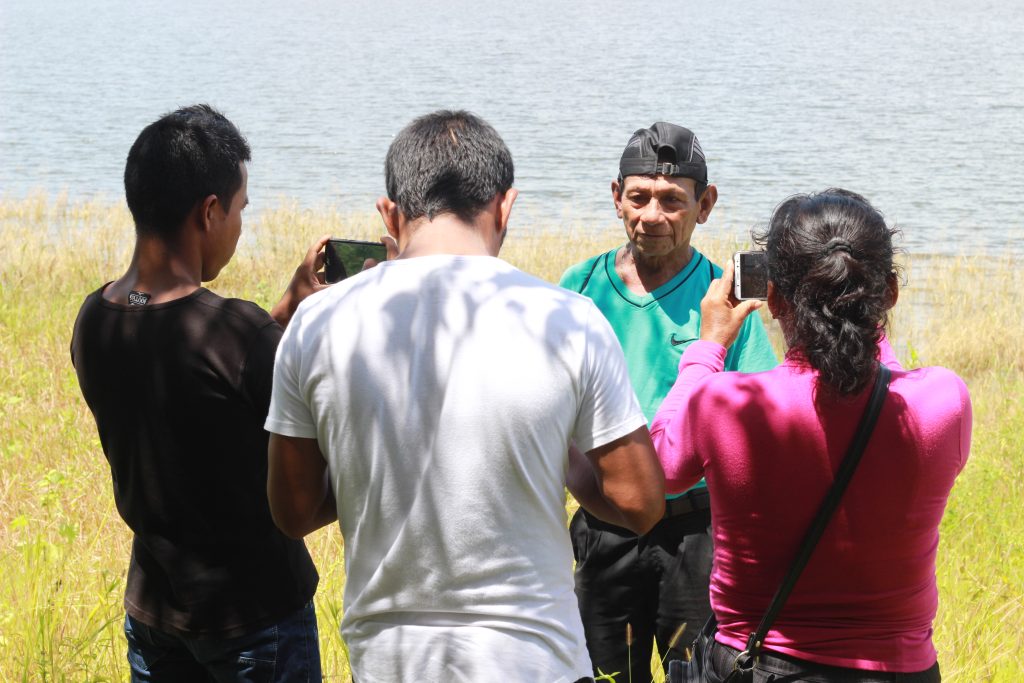
A “collaboration” that only benefits the journalists
Once, a photojournalism team received a grant for a project focused on the Amazon and sought to carry it out with an Indigenous nation. The grant included the publication of a report in a major international English-language media outlet, making it a valuable opportunity. However, coloniality worked against them.
The issue was that the project was narrowly focused on illegal logging, which (apparently) prevented the team of journalists from approaching and discussing with the Indigenous people the more pressing issues they were facing at that time. They were solely interested in the logging activities. As a result, they were left waiting for the problem to resurface in the territory.
It is common for mass media narratives to sensationalize stories.It’s common for mass media narratives to focus on exploiting stories from a sensationalist, paternalistic, or racist perspective.
Since the grant had a specific execution period, the photojournalism team asked the Indigenous authorities if, as an organized community, they could undertake an action related to the project that could be documented in photos and videos for their report. At that time, the authorities were organized to directly address illegal mining in their territory, not illegal logging. Therefore, the “collaboration” did not materialize.
It is common for mass media narratives to sensationalize stories. Often, an issue lacks visibility until a dramatic event occurs, such as a protest, a territorial defense operation, or the assassination of an authority. This approach often results in a news framing that is paternalistic or racist. In this framing, Indigenous peoples are either portrayed as communities without agency, passive victims of dangers in their territories, or as violent, irrational, and “anti-development” communities.
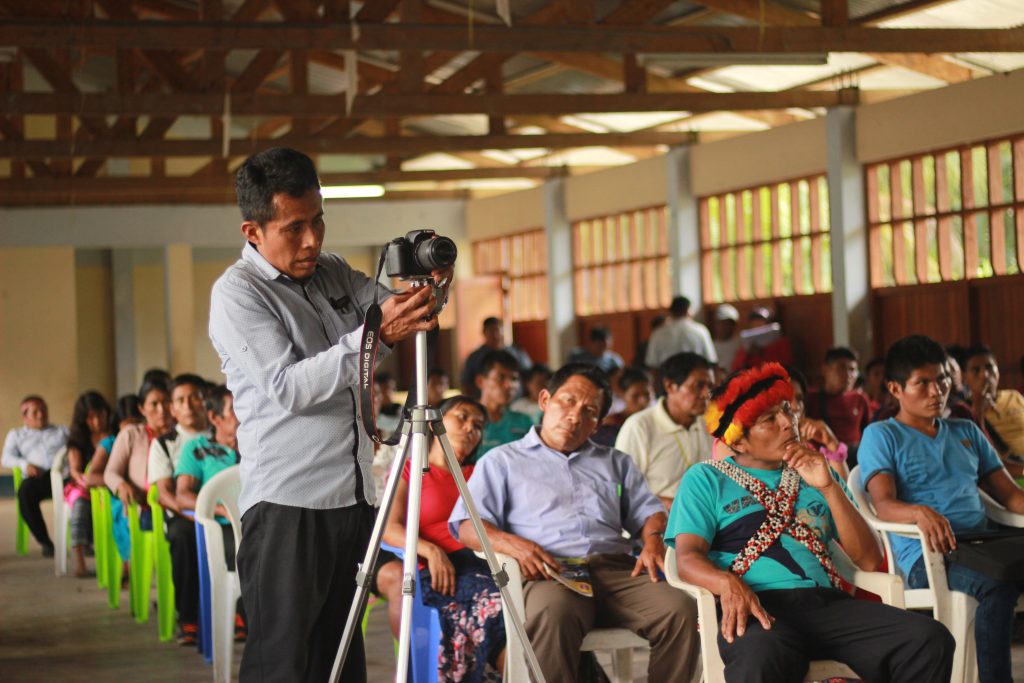
Rethinking Communication Strategies
There are also instances where news coverage is respectful, culturally appropriate, and serves to highlight the organizational capacity of a people or their exercise of the right to self-determination. However, if a communication project fails to consider the political, territorial, and social agenda of an indigenous people, it is likely applying a dynamic of colonial power. On this path, it will be difficult for the product to benefit the people.
Those of us involved in communications often find ourselves needing to resort to sensationalist or exoticizing narratives, as it is one of the few ways to draw the attention of the (colonial and colonized) public to various issues affecting Indigenous peoples. For example, when we provide audiovisual materials to journalists that, at their request, conform to the imagery they have of Indigenous peoples.
We must stop thinking about communication strategies from Western parameters and instead focus on creating truly transformative narratives.
Another colonial way of capturing public attention is to use “solidarity spokespeople” who are not part of the movement. It is increasingly common to see celebrities from the Global North, usually wealthy and famous white men, using their social media platforms to echo issues in Indigenous territories. Accepting that the public is more receptive to messages when they are delivered by a non-Indigenous person, messages that recount stories of oppression in the third person, highlights the ongoing dynamics of colonial power. This approach does not contribute to transforming these dynamics.
This is not a criticism of large communication platforms or advocacy campaigns developed by indigenous organizations that need to gain levels of visibility, such as major institutions in international law. However, it is a call to stop thinking about communication strategies from Western parameters and, instead, focus on creating truly transformative narratives.
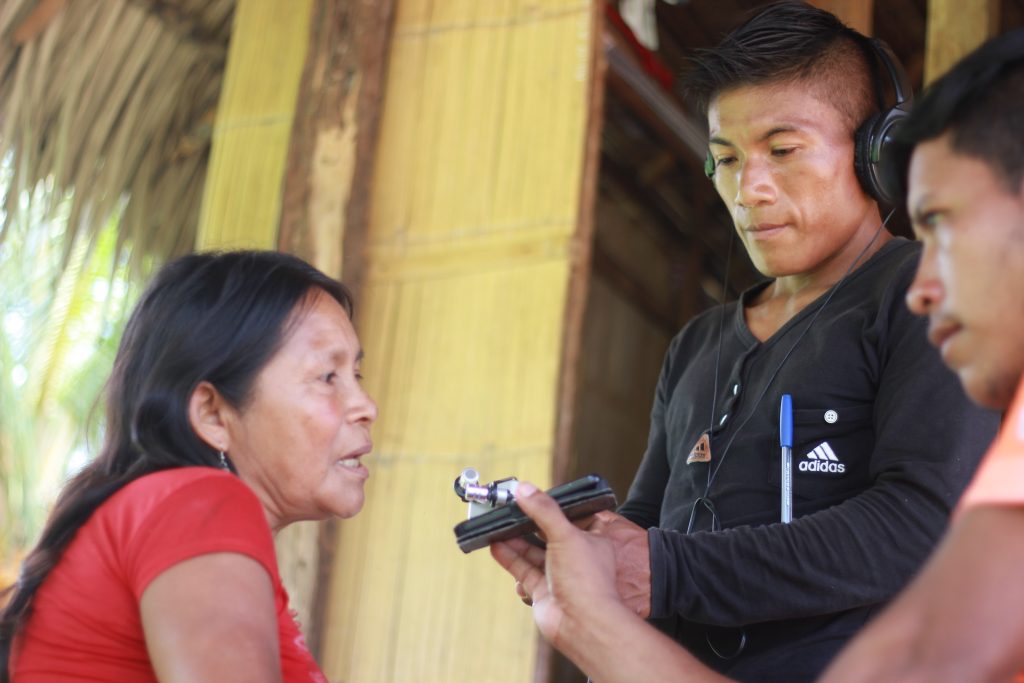
Decolonizing communication
It is necessary to approach the communication of their territorial processes by focusing on autonomy, self-determination, and community, as these are applied and truly useful for real life. This implies trusting and reclaiming ancestral knowledge of communication, remembering that communication was not a European invention and that Indigenous aesthetics are valid and necessary in a world where beauty has been denied to us, where other aesthetics have been imposed on us based on a rejection of our own.
I propose transforming the tools to bridge communication gaps and reclaim other languages. Indigenous languages and communications are different. In them, there is a predominance of the oral over the written, of the pictorial and historical over the abstract of Western language.
Decolonizing communication also involves deconstructing aesthetic preconceptions, accepting something outside of Western aesthetics, and considering it worthy of recognition.
Decolonizing communication and nurturing our own form of communication is not synonymous with relinquishing “excellence.” Those who do so look disdainfully at community cinema and art because they believe they will never reach the aesthetic levels of mainstream cinema, where the stories of peoples become accessories or innovators, but not a contribution to art. Decolonizing communication also involves deconstructing aesthetic preconceptions, accepting something outside of Western aesthetics, and considering it worthy of recognition.
Those who see only one path, that of hegemony, to exercise the right to communication and create informative pieces “worthy” of applause from “expert” institutions in these matters, ignore that our own paths and communications only need recognition from our own people. It is necessary to send a clear message: no one can impose a single way of doing things, and we are all capable of creating, communicating, and informing.
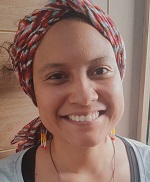
Kathia Carrillo is a social communicator, anticolonial activist, and antiracist feminist. She has worked with indigenous organizations and autonomous governments in the Peruvian Amazon and is a member of the Shicra Association for Feminist and Territorial Justice.
